How Many Watts Does a Window AC Use?
Window air conditioners are an efficient way to cool single rooms or small living spaces. But many homeowners wonder how many watts a window AC uses. Essentially, it uses between 500 to 1,500 watts per hour, depending on its size and efficiency. So, smaller units require fewer watts and larger ones require more. This information lets you better control your energy costs and gives you a power usage estimate. In this post, we will discuss how many watts a window AC uses, the factors that affect its usage, and how to calculate it for your unit. Let's dive in.
Does a Window Air Conditioner Use a Lot of Electricity?
Window air conditioners are more energy-efficient than central HVAC units and are a good solution for small spaces. They do use power, but much less than larger systems. However, multiple units running at the same time may result in higher energy usage. It's better to keep window AC units in enclosed spaces and maintain them. That way you can get efficient cooling while consuming less electricity.
How Many Watts Does a Window AC Typically Use?
A window air conditioner typically uses between 500 to 1,500 watts, depending on the size and energy efficiency of the unit. A small one, around 5,000 BTU, draws 500 watts, and a larger one, around 12,000 BTU, uses approximately 1,500 watts. Power consumption also depends on your actual energy efficiency rate, room insulation, and ambient temperature. Knowing about these factors can help you better manage your energy expenses and estimate electricity usage.
How to Calculate the Energy Consumption of Your Window AC?
To determine your window AC's energy consumption, use this formula: Energy (kWh) = Power (W) × Hours Used ÷ 1,000. For example, a 1,000-watt unit running 8 hours daily consumes 8 kWh per day. Over 30 days, that's 240 kWh. To estimate cost, multiply the total kWh by your electricity rate. Additionally, you can convert your AC's BTU rating to watts using: 1 BTU = 0.2931 watt-hours.

What Factors Affect the Energy Consumption of a Window Air Conditioner?
There are a few factors that determine how much energy a window air conditioner will use. These will assist you in selecting the right model, improving performance, and giving you a significantly lower electricity bill at the end of the month.
Size of the Air Conditioner
The size of your window air conditioner is crucial to how much electricity it uses. A unit that's too small will have difficulty cooling the room and end up running constantly, using more energy. Alternatively, an oversized unit cools the space too quickly, resulting in wasted energy and humidity issues. The right size for the specific room size and cooling needs provides optimal performance and efficiency.
Energy Efficiency Rating (EER)
The Energy Efficiency Ratio (EER) measures an air conditioner's cooling output relative to its energy consumption. A higher EER reflects greater efficiency, which means the cooling output provides more cooling per unit of electricity consumed. A window AC with a higher capacity can result in substantial cost savings over long durations. Furthermore, energy-efficient models are often eligible for rebates or other incentives offered by utility companies.
Type of Refrigerant Used
The refrigerant used in a window air conditioner also contributes to energy consumption and environmental impact. Older refrigerants like R-22 are less efficient and harmful to the ozone layer. The newer alternatives R-410A and R-32 are more energy efficient and less damaging to the environment. The performance and durability can be improved even further with an environmentally friendly refrigerant.
Maintenance and Cleaning
You should maintain your window air conditioner regularly to keep it running at its top efficiency. Filters, coils, and fans can eventually get clogged with dirt and cause the unit to work harder and use more energy. Filters are removable and cleaners are replaceable, so you need routine maintenance to achieve the best performance. Establishing a professional maintenance appointment once a year can also help you avoid costly repairs.
Insulation of Space
Your window AC's energy consumption will increase or decrease depending on the insulation quality of the room it's cooling. Cool air is better retained in well-insulated spaces, thereby reducing the load on the air conditioner. Inadequate insulation allows heat to get in and making the unit run for longer and use more energy. Insulating walls, ceilings, and windows can reduce energy consumption.
Can a Solar Generator Power a Window AC?
Yes, a solar generator can run a window air conditioner, but there are a few factors that determine how well it performs. Important factors are the power demand of the AC, the size of the solar generator, and the surrounding environment.
Window AC units generally consume between 500 and 1,500 watts, varying in size and energy efficiency. A solar generator requires sufficient wattage and battery storage to handle both startup surges and continuous usage. Small window ACs may need a generator with at least 1,000 watts, while bigger ones may need 2,000 watts.
Furthermore, the duration the AC runs on solar power depends on the generator's battery and the availability of sunlight. An insufficient solar panel input or inconsistent sunlight can limit the generator's ability to run the AC.
So, you can indeed use a window AC with a solar generator, but you would have to be mindful of the power requirements needed to run it and ensure the generator is configured to meet those demands.

What Solar Generators Can Power a Window AC?
The match depends on what wattage the AC needs and what size solar generators you have. It is important to match the solar power generator's power output with the AC's wattage requirement for efficient operation.
AFERIY P310 3600W Solar Generator Kit
The AFERIY P310 solar generator with solar panels has a mighty 3840Wh total capacity, a 3600W pure sine wave output, and also a surge capacity of up to 7200W. It is good enough to run medium to large window AC units. With its extendable battery system and smartphone control, it offers endless freedom and flexibility.
AFERIY P210 2400W Solar Generator
The AFERIY P210 solar generator kit comes with a 2048Wh capacity and 2400W continuous output, with a 4800W surge capability. It’s capable of running small to medium window AC units. The model is compatible with various charging options and can be monitored through an app for real-time adjustments.
Conclusion
Knowing how many watts a window AC uses helps you control energy costs and improve efficiency. Proper sizing and regular maintenance are essential for optimal performance. Solar generators offer a reliable and eco-friendly power option for window air conditioners, particularly in off-grid or emergency situations. Choosing a solar generator with the right capacity ensures smooth cooling and energy savings. Use this information to make smart, cost-effective decisions for your cooling needs.
Related Reading:
What Can a 7500-Watt Generator Run?
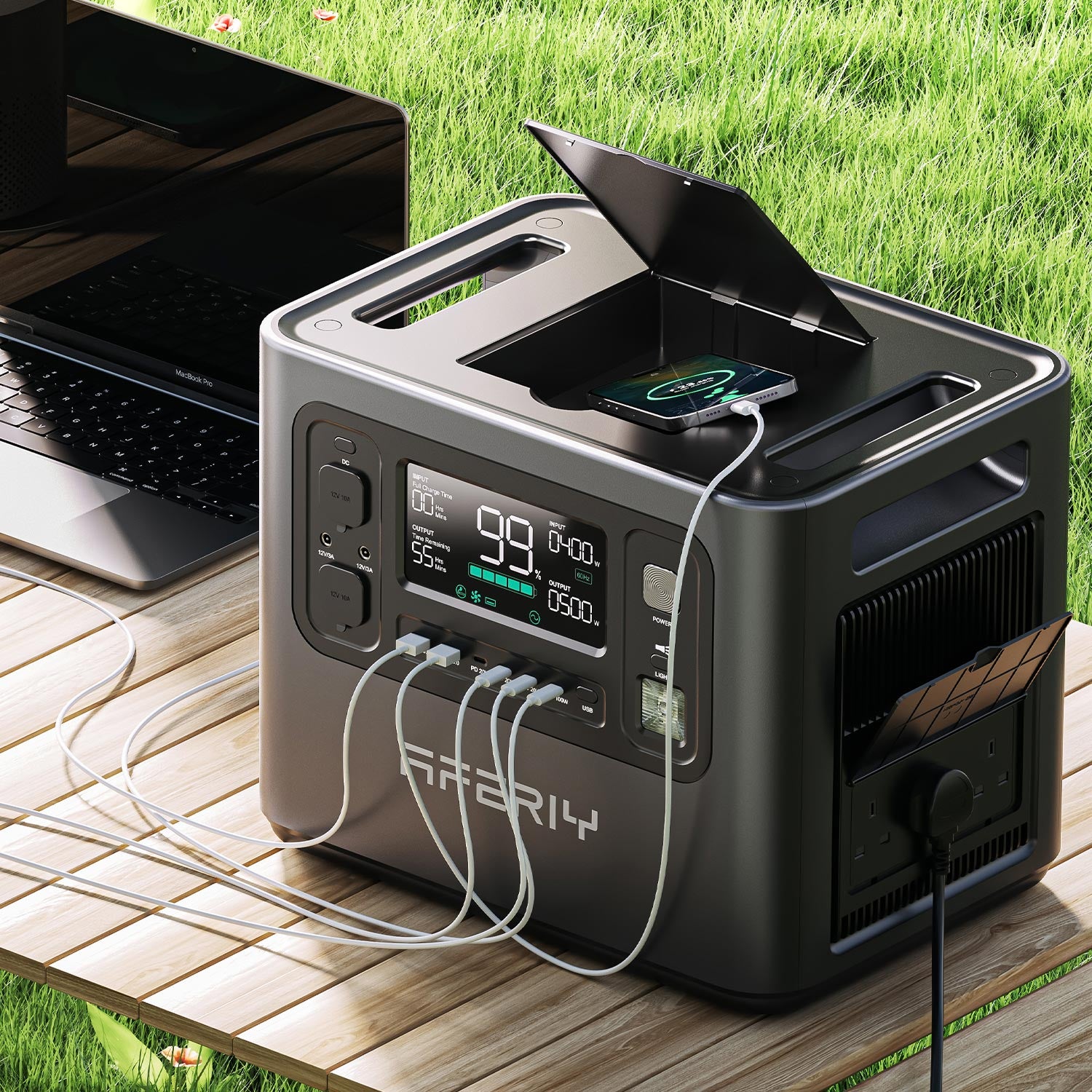
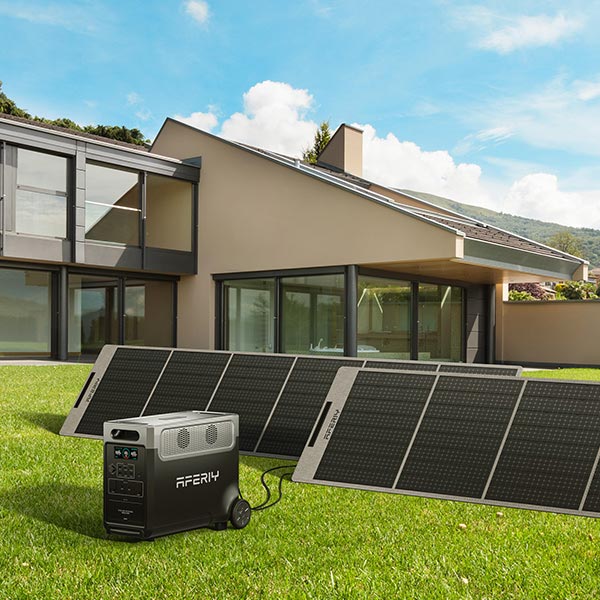

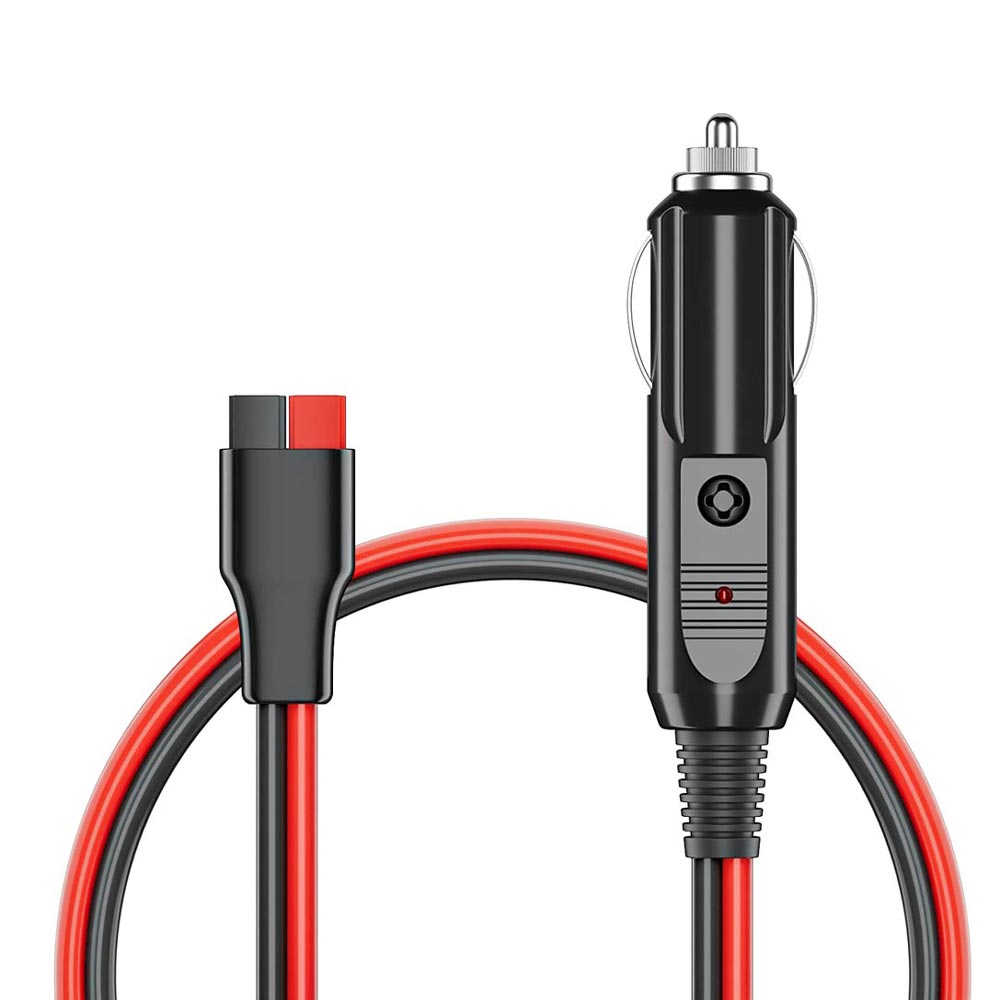

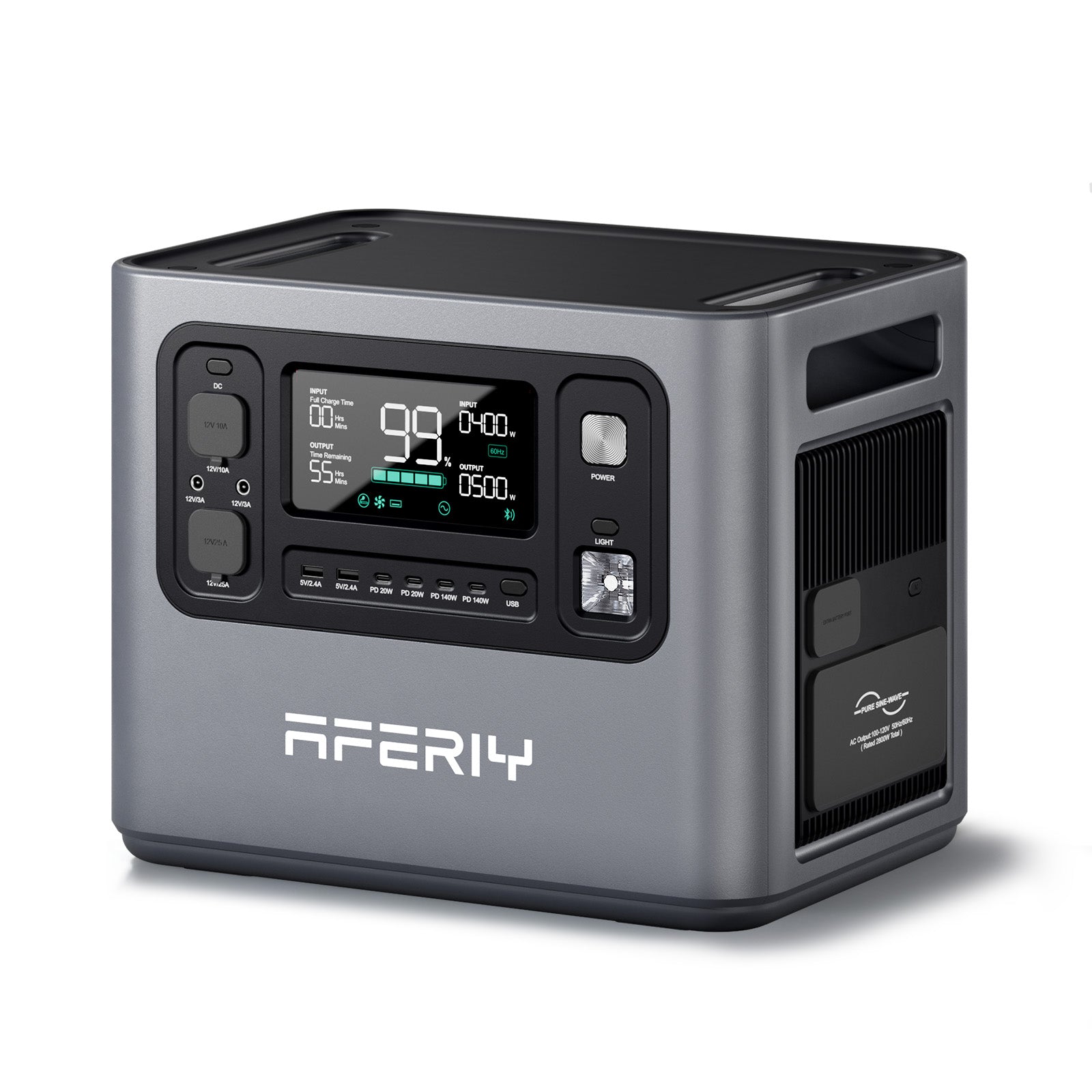

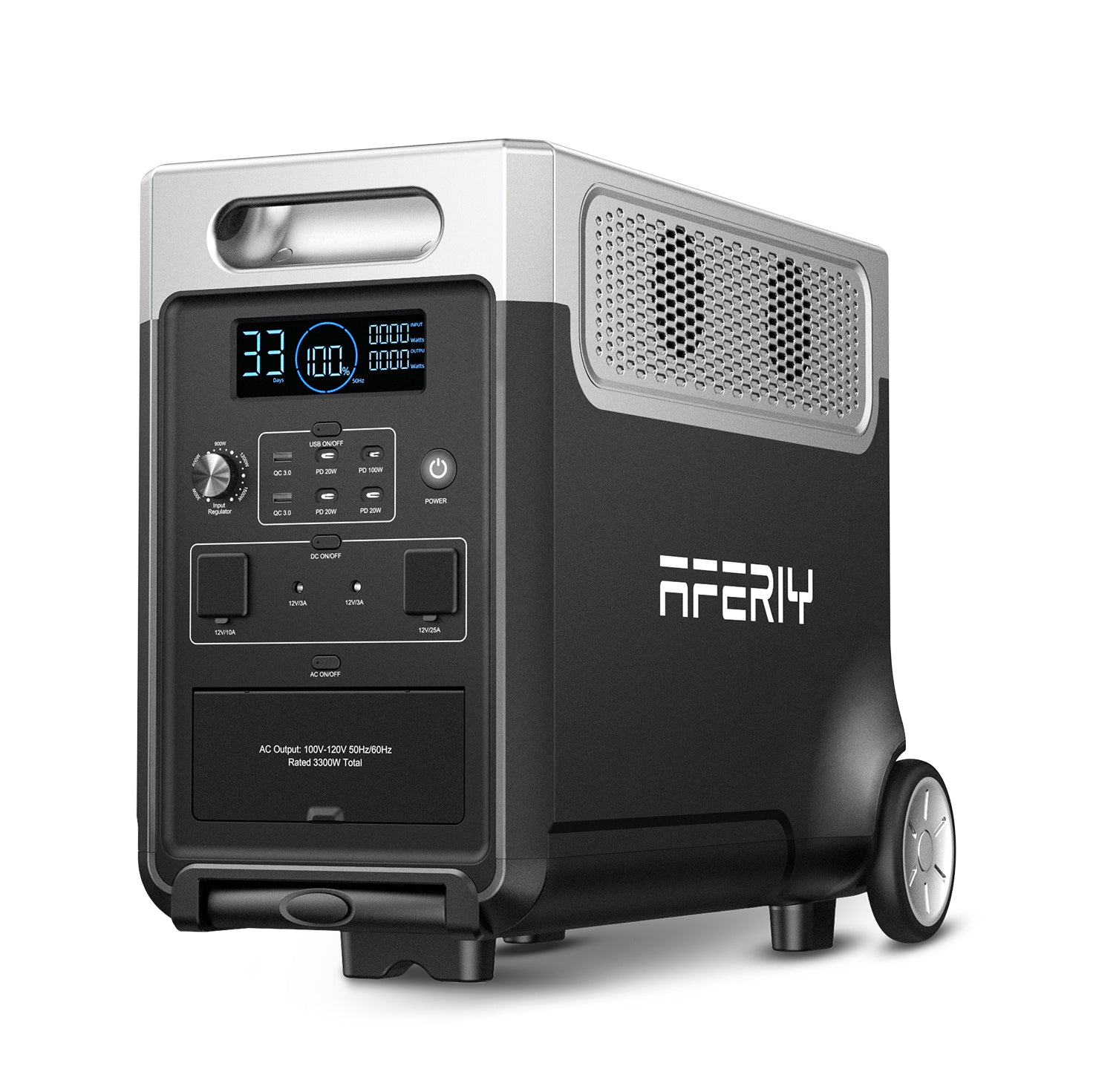
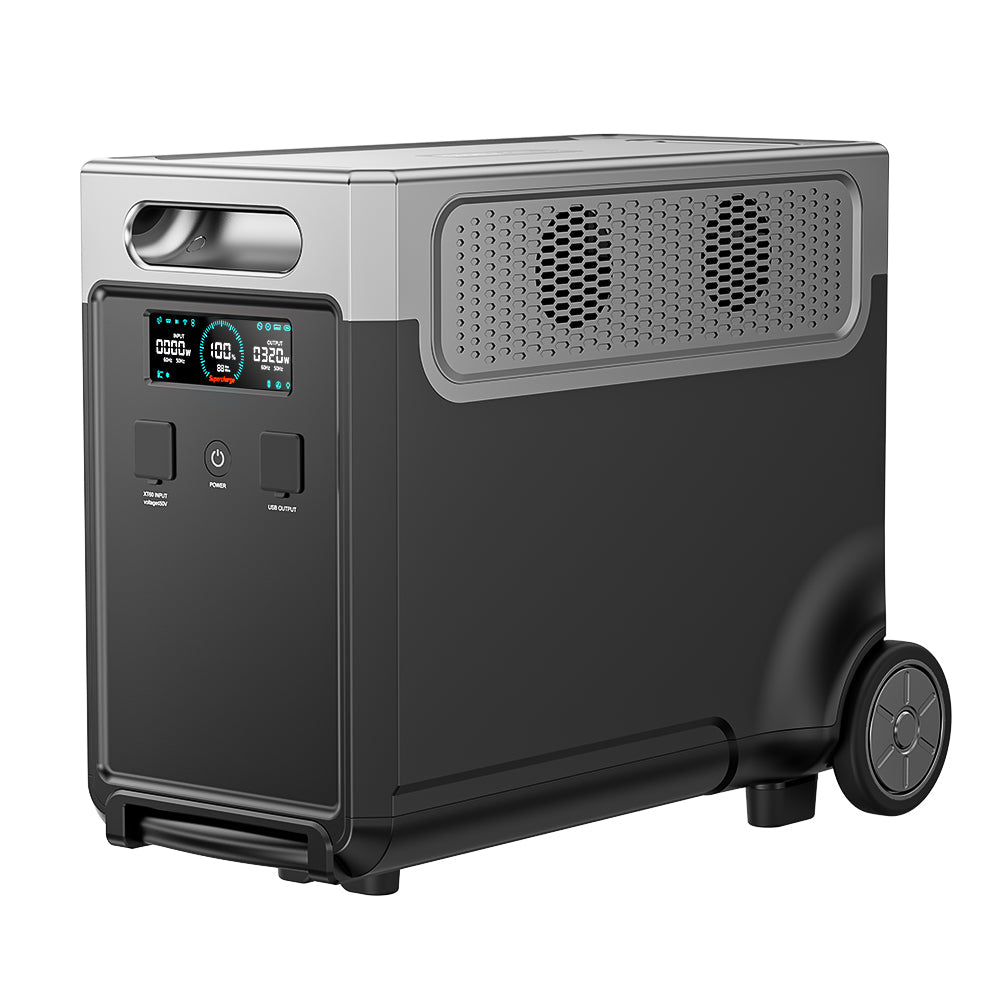
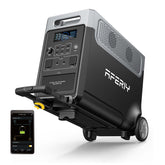
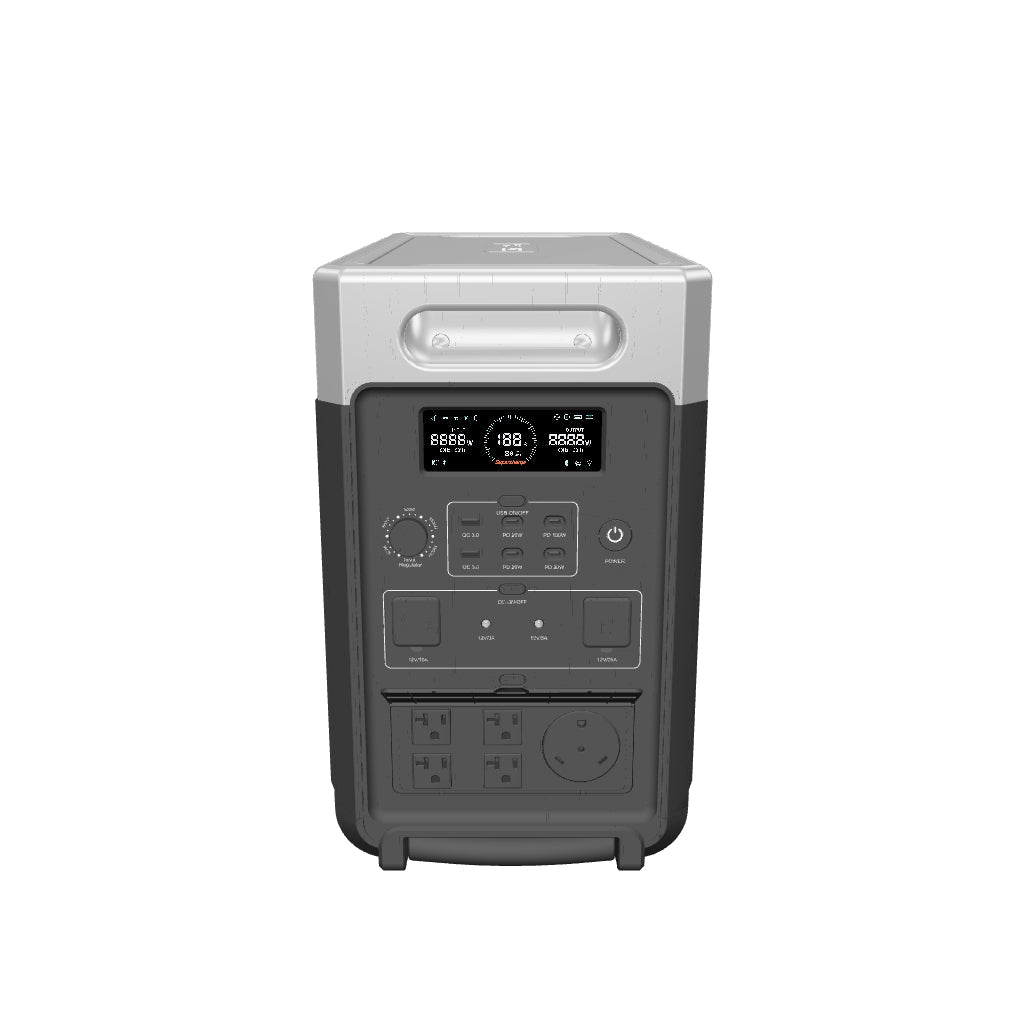
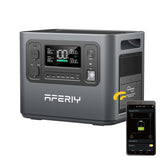
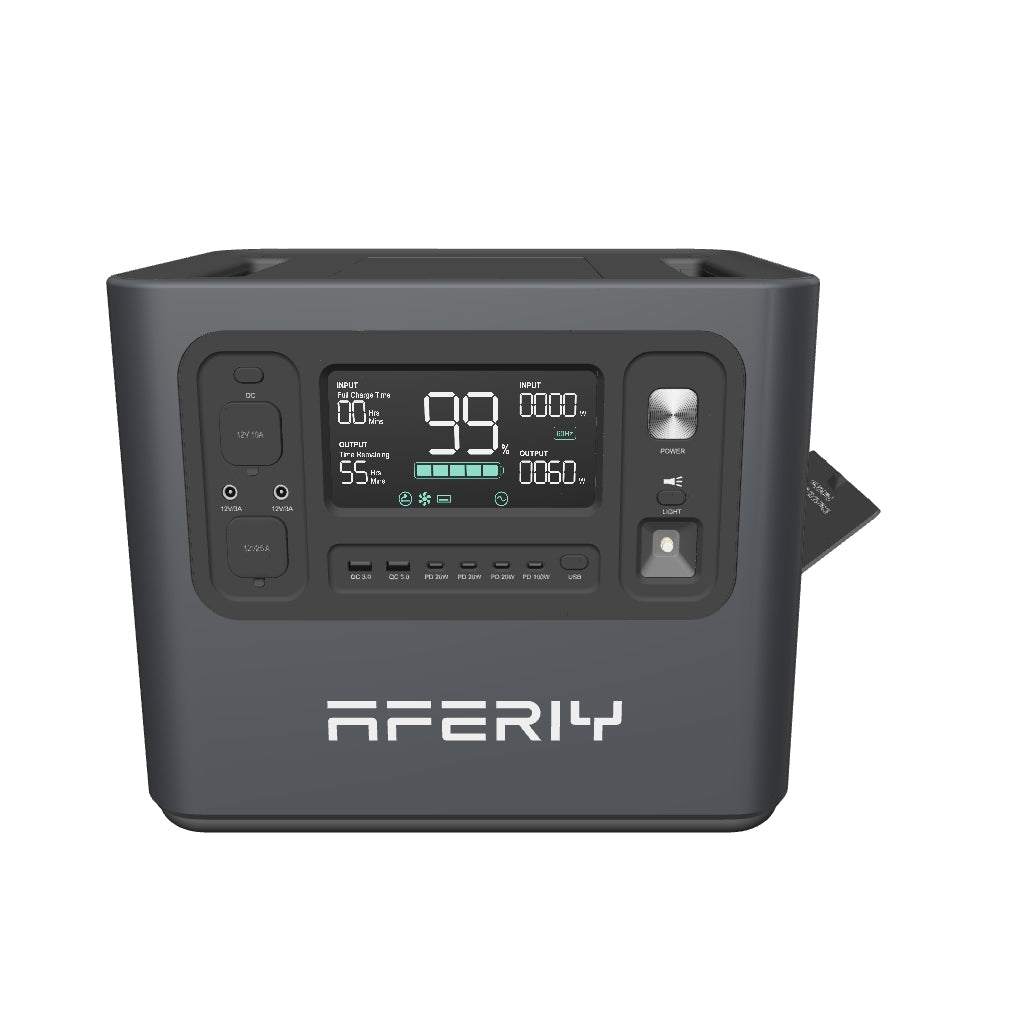
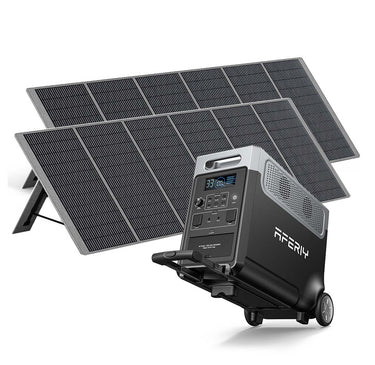
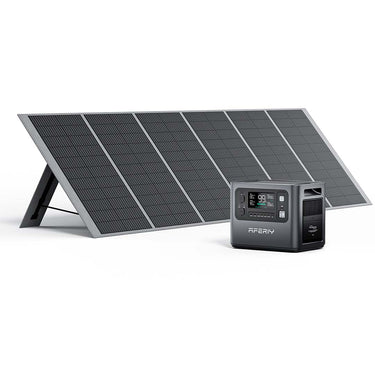
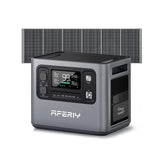

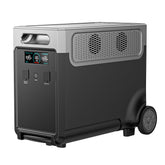

Leave a comment
Please note, comments need to be approved before they are published.